Leibovitz, D. P. (2013) Flowcentric Model of Narrow Slit Viewing in an Irregular Retina with Blind Spots, Eye Motion, Blinks and no Smear: Base Model Changes, Test Details and Test Results. Working Paper, pp. 1-7. [doi: 10.13140/RG.2.1.2224.5606] (PDF)
Abstract: A computational model of narrow slit viewing is tested under conditions involving a heterogeneous retina with blind spots, while undergoing eye motion and eye blink. The model demonstrates spatial and temporal forms of filling-in, image stability and lack of smear. At a neural level, the model exemplifies flowcentric behaviour.
The model is based on the Emergic Cognitive Model (ECM) (Leibovitz, 2013a, 2013b). ECM is a unified cognitive model and this paper describe the non-cognitive changes made to support and highlight anorthoscopic behaviour. The model is tested against a simplified stimulus as well as an ecological one in order to demonstrate specific model abilities. Additionally, this paper specifies the testing details and provides the simulation results with minimal interpretation as they are further analyzed by Leibovitz (2013c, 2013d).
Keywords: Anorthoscopic; Blink; Aperture Viewing; Emergic Cognitive Model (ECM); Flowcentric; Foveal Tritanopia; Segmentation; Slit Viewing; Unified Modeling.
Animated Results:
| View | Photoreceptors | Receptive Fields (RFs) | |||
|---|---|---|---|---|---|
| Value | Changes | Level 1 | Level 2 | Level 3 | |
| Test 1: Lena (Spatiotopic/Retinotopic) | |||||
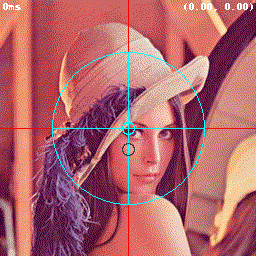 |
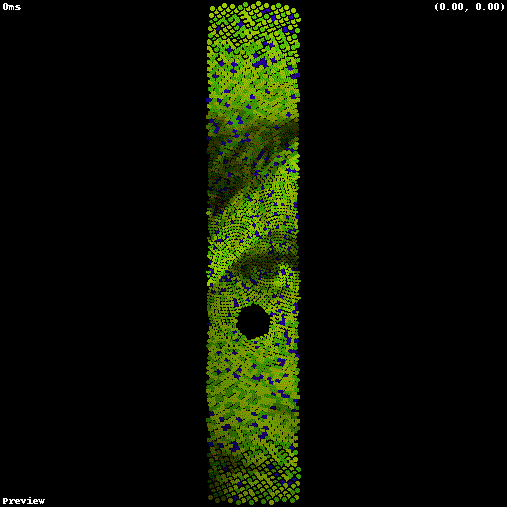 |
 |
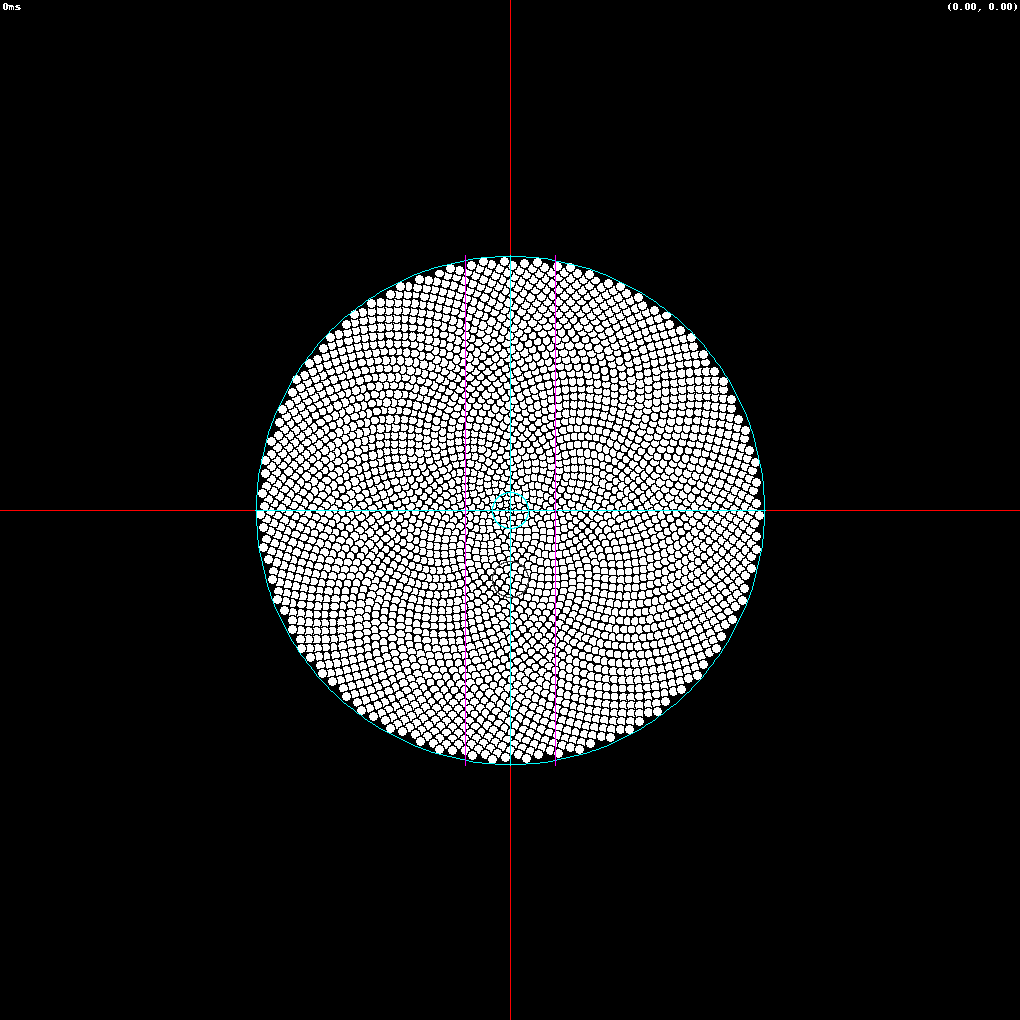 |
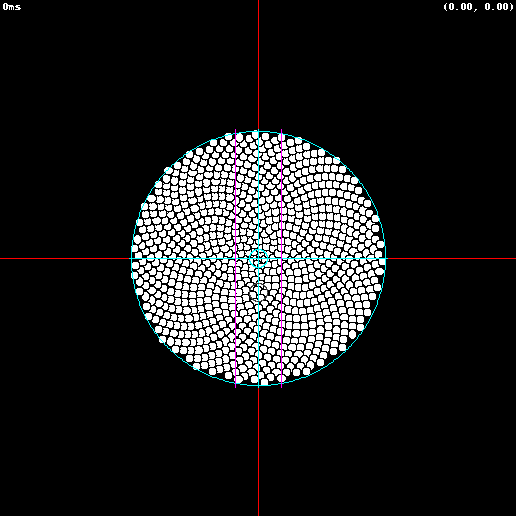 |
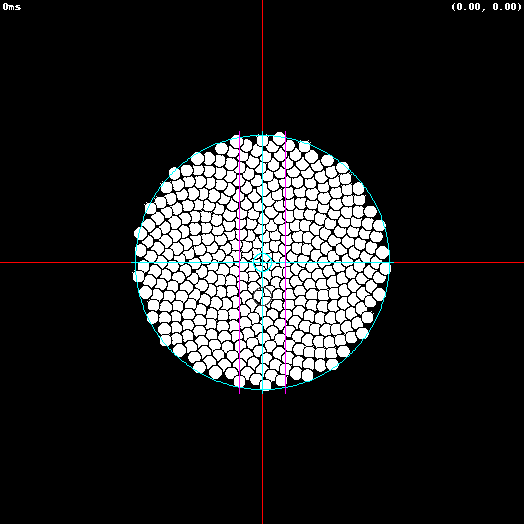 |
 |
 |
 |
 |
 |
 |
| Test 2: Square (Spatiotopic/Retinotopic) | |||||
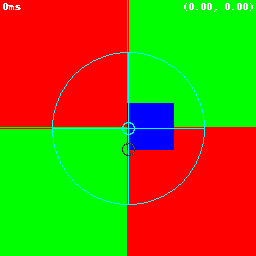 |
 |
 |
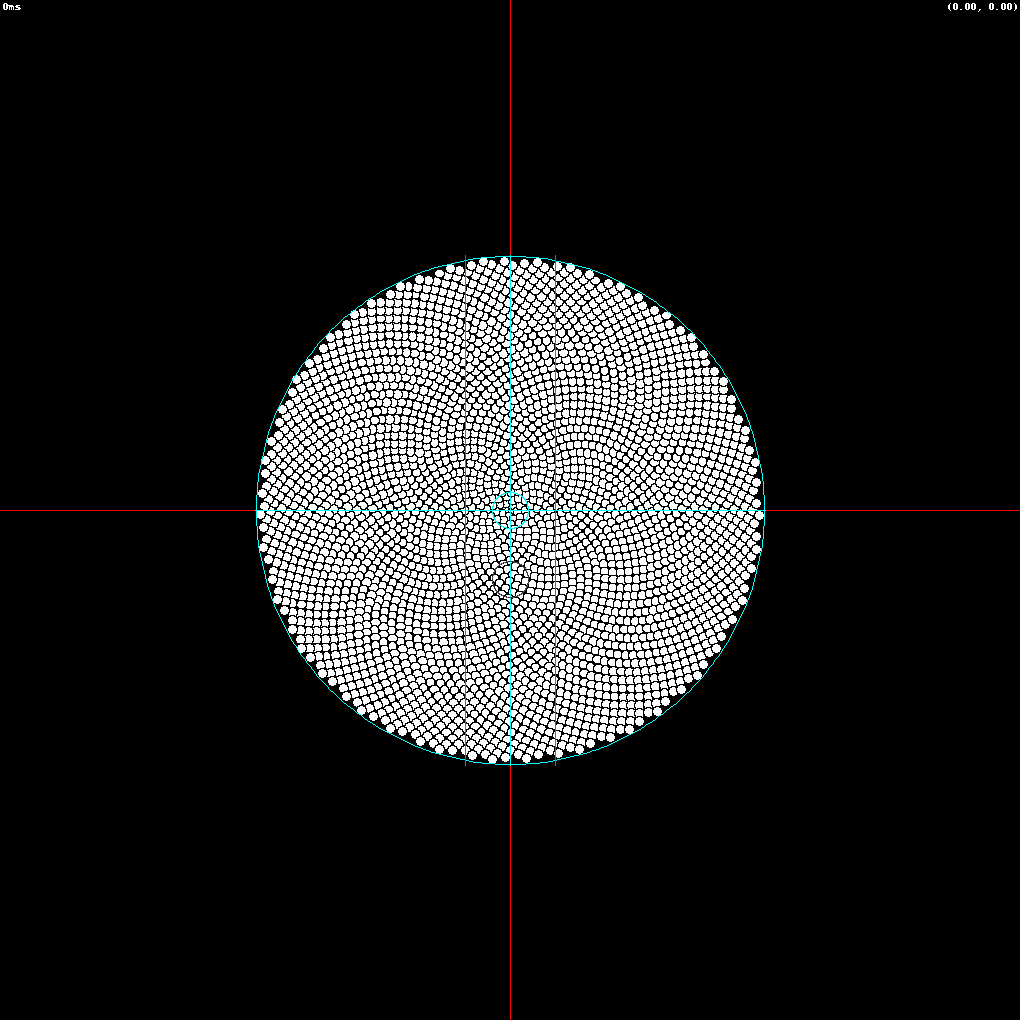 |
 |
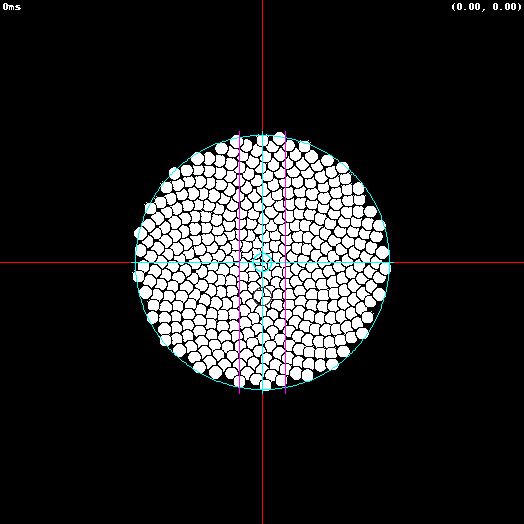 |
 |
 |
 |
 |
 |
 |
Links:
- Self published paper (PDF;1.93 MB)
- @academia.edu
- @frontiersin.org
- @mendeley.com
- @researchgate.net
- @scholar.google.ca